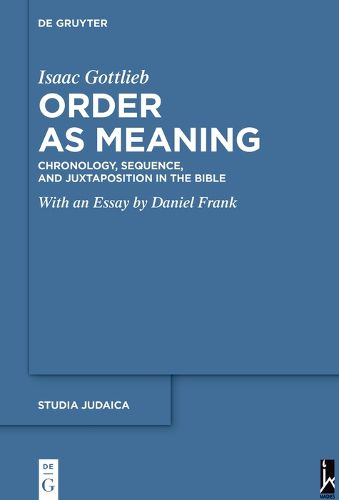Readings Newsletter
Become a Readings Member to make your shopping experience even easier.
Sign in or sign up for free!
You’re not far away from qualifying for FREE standard shipping within Australia
You’ve qualified for FREE standard shipping within Australia
The cart is loading…






Jewish Bible commentary in the Middle Ages took on two aspects, the Sephardic and the Ashkenazic. The first, Spanish interpretation, developed in a Muslim surrounding, which appreciated secular studies, the sciences, and Arabic literature, much of which it had translated from Greek. These studies made their mark on Bible exegesis, which sought the simple straightforward sense (peshat) of a verse and its grammatical meaning. The Ashkenazic school, however, situated in France and Germany, was firmly anchored in the rabbinic study hall and its exegesis was a continuation of the methods of Midrash and Aggadah as practiced in Mishnah and Talmud. In the beginning of the twelfth century, Ashkenazic commentary in northern France took on a new face. Contact with the outside world, including Christian scholarship, and partial knowledge of general studies, brought the Ashkenazi Jewish commentators to the realization that the Bible, besides being a religious text, was also literature. As literature, many features including the order of biblical pericopes or units attracted attention. The classic commentators, Rashi in France, Ibn Ezra in Toledo and Ramban (Nahmanides) in northern Spain all dealt with biblical order. Order as Meaning cites many cases of sequential arrangement and juxtaposition taken from the rabbinic period as well as from the above three commentators, explaining what there was to learn from such a study.
$9.00 standard shipping within Australia
FREE standard shipping within Australia for orders over $100.00
Express & International shipping calculated at checkout
Jewish Bible commentary in the Middle Ages took on two aspects, the Sephardic and the Ashkenazic. The first, Spanish interpretation, developed in a Muslim surrounding, which appreciated secular studies, the sciences, and Arabic literature, much of which it had translated from Greek. These studies made their mark on Bible exegesis, which sought the simple straightforward sense (peshat) of a verse and its grammatical meaning. The Ashkenazic school, however, situated in France and Germany, was firmly anchored in the rabbinic study hall and its exegesis was a continuation of the methods of Midrash and Aggadah as practiced in Mishnah and Talmud. In the beginning of the twelfth century, Ashkenazic commentary in northern France took on a new face. Contact with the outside world, including Christian scholarship, and partial knowledge of general studies, brought the Ashkenazi Jewish commentators to the realization that the Bible, besides being a religious text, was also literature. As literature, many features including the order of biblical pericopes or units attracted attention. The classic commentators, Rashi in France, Ibn Ezra in Toledo and Ramban (Nahmanides) in northern Spain all dealt with biblical order. Order as Meaning cites many cases of sequential arrangement and juxtaposition taken from the rabbinic period as well as from the above three commentators, explaining what there was to learn from such a study.